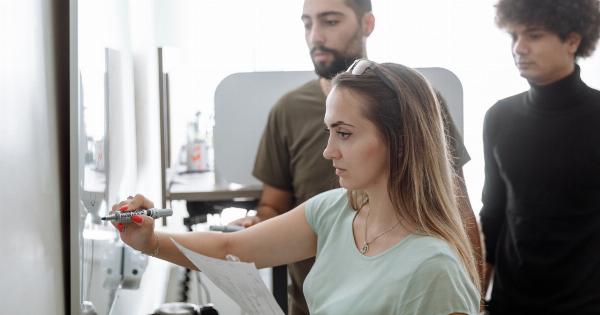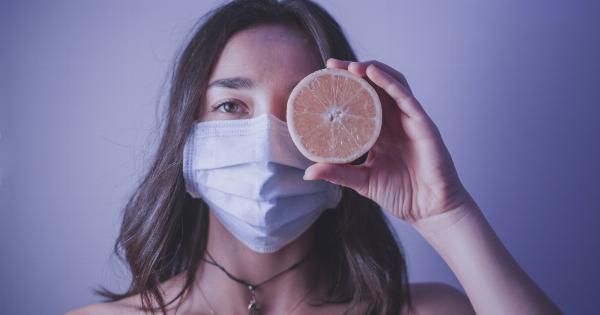Melanoma is a type of skin cancer that typically affects adults, but it can also occur in children. While melanoma in kids is relatively rare, it is essential to take preventive measures to protect them from this potentially dangerous condition.
With proper education and adopting sun-safe habits, parents can significantly reduce the risk of melanoma in their children. In this article, we will discuss the importance of preventing melanoma in kids and provide useful tips for ensuring their skin’s safety.
Understanding Melanoma
Melanoma is a type of cancer that develops in the melanocytes, which are the cells that produce melanin, the pigment responsible for skin, hair, and eye color.
Exposure to ultraviolet (UV) radiation from the sun or artificial sources, such as tanning beds, is a significant risk factor for developing melanoma.
While melanoma is more common in adults, it can occur in children too. The risk factors for developing melanoma in kids include fair skin, a large number of moles, a family history of melanoma, and intense sunburns during childhood.
As a parent, it is crucial to take proactive steps to protect your child’s skin to prevent the development of melanoma.
The Role of Sunscreen
Sunscreen is an essential tool in preventing melanoma and other types of skin damage. When selecting a sunscreen for your child, it is important to choose one that offers broad-spectrum protection against both UVA and UVB rays.
Look for sunscreens with an SPF (sun protection factor) of at least 30.
Apply sunscreen generously to all exposed areas of your child’s skin, including the face, neck, ears, arms, and legs. Remember to reapply every two hours, or more frequently if your child is swimming or sweating.
Even on cloudy days, UV rays can still penetrate the clouds and cause skin damage, so it is crucial to apply sunscreen consistently.
Seek Shade
Seeking shade is another effective way to prevent melanoma in kids. When the sun is at its strongest (usually between 10 a.m. and 4 p.m.), encourage your child to stay under a tree, umbrella, or shaded area.
Limiting direct sun exposure during these peak hours can significantly reduce the risk of harmful UV radiation.
Protective Clothing
Wearing protective clothing is an excellent complement to sunscreen and shade. Dress your child in lightweight, long-sleeved shirts, long pants, and wide-brimmed hats to shield their skin from the sun’s harmful rays.
Additionally, invest in sunglasses that block both UVA and UVB rays to protect their eyes.
Teaching Sun-Safe Habits
In addition to using sunscreen and seeking shade, it is essential to teach your child sun-safe habits from an early age. By instilling these habits, they will become second nature as your child grows older and spends more time outdoors.
Some sun-safe habits to teach your child include:.
- Regularly applying sunscreen before heading outside
- Wearing protective clothing
- Avoiding sunburns
- Seeking shade when the sun is at its strongest
- Using sunglasses for eye protection
Importance of Regular Skin Checks
Regular skin checks are crucial for early detection of any potential signs or changes in your child’s skin. Familiarize yourself with your child’s moles, birthmarks, and freckles so you can easily spot any new, changing, or unusual marks.
If you notice anything suspicious, bring it to the attention of a dermatologist, who can evaluate whether further investigation or treatment is necessary.
Furthermore, scheduling routine visits with a dermatologist can help ensure that your child’s skin is healthy and free from any signs of melanoma or other skin conditions.
A dermatologist can provide guidance on sun protection and perform in-depth skin examinations to catch any potential issues early on.
Setting a Good Example
As a parent, you play a pivotal role in preventing melanoma in your kids. By setting a good example and practicing sun-safe habits yourself, you demonstrate the importance of protecting your skin from harmful UV radiation.
Ensure that your child witnesses you applying sunscreen, seeking shade, and wearing protective clothing consistently.
Moreover, avoid tanning beds and discourage your child from using them as well. Tanning beds emit harmful UV radiation that significantly increases the risk of developing melanoma and other types of skin cancer.
The Importance of Education
Educating children about the dangers of excessive sun exposure is crucial. Teach them about the importance of protecting their skin from a young age, emphasizing that sun safety is a lifelong habit.
Use age-appropriate language and make learning about sun protection a fun and interactive experience for your child.
Additionally, incorporating sun safety education into school curriculums can further reinforce the importance of preventing melanoma and other types of skin damage.
Schools can organize informative sessions, distribute educational materials, and even create outdoor areas with adequate shade to protect students during recess and outdoor activities.
Conclusion
Preventing melanoma in kids starts with education and adopting sun-safe habits.
By instilling sun protection practices, such as using sunscreen, seeking shade, and wearing protective clothing, parents can significantly reduce their child’s risk of developing melanoma. Regular skin checks and visits to a dermatologist play a crucial role in detecting any potential issues at an early stage.
By setting a good example and educating children about the importance of sun safety, parents can ensure their children enjoy the outdoors while minimizing the risk of melanoma.


























